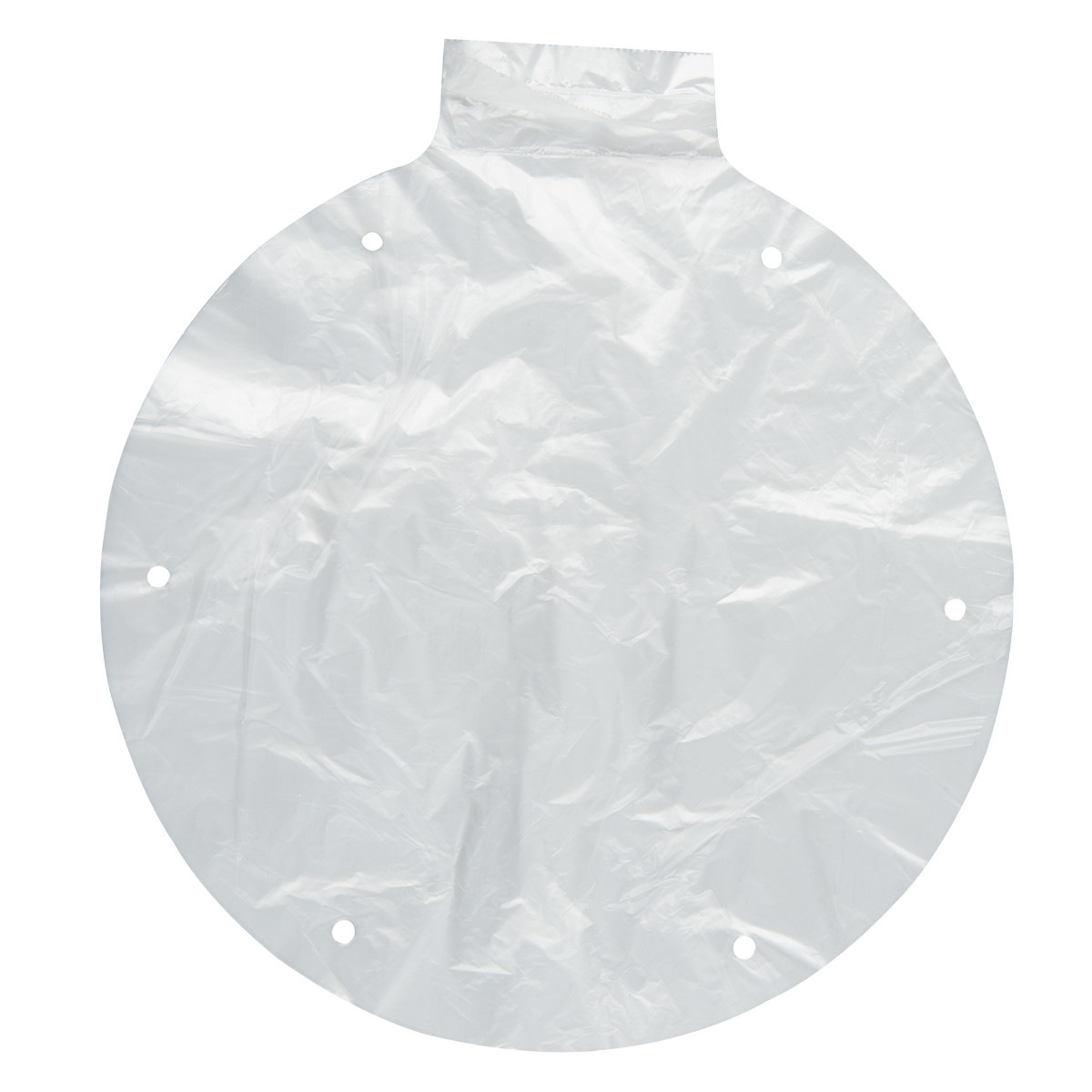

Even after the repair, infants with gastroschisis can have problems with nursing and eating, digestion of food, and absorption of nutrients. Soon after the baby is born, surgery will be needed to place the abdominal organs inside the baby’s body and repair the defect. Gastroschisis is immediately seen at birth. Gastroschisis might result in an abnormal result on a blood or serum screening test or it might be seen during an ultrasound (which creates pictures of the baby’s body while inside the womb). During pregnancy, there are screening tests (prenatal tests) to check for birth defects and other conditions. Gastroschisis can be diagnosed during pregnancy or after the baby is born. If you are pregnant or thinking about getting pregnant, talk with your doctor about ways to increase your chance of having a healthy baby.
AMNIOTIC FLUID IMAGE HOW TO
5ĬDC continues to study birth defects like gastroschisis to learn how to prevent them.
Genitourinary infections: Women who reported a genitourinary infection within three months before or three months after becoming pregnant had an increased chance of having a baby with gastroschisis compared to women who reported a genitourinary infection during the second or third trimester of pregnancy. Alcohol and tobacco: Women who consumed alcohol or smoked before or during early pregnancy may be more likely to have a baby with gastroschisis. Younger age: Teenage mothers may be more likely to have a baby with gastroschisis than older mothers. Recently, CDC researchers have reported important findings about some factors that affect the risk of having a baby with gastroschisis: CDC funds the Centers for Birth Defects Research and Prevention, which collaborate on large studies such as the National Birth Defects Prevention Study (NBDPS births 1997-2011) and the Birth Defects Study To Evaluate Pregnancy exposureS (BD-STEPS, which began with births in 2014), to understand the causes of and risks for a number of birth defects, including gastroschisis. Understanding factors that are more common among babies with birth defects will help us learn more about the causes. Like many families affected by birth defects, CDC wants to find out what causes them. Gastroschisis is likely caused by a combination of genes and other factors, such as things the mother comes into contact within her environment, what the mother eats or drinks, or certain medicines used during pregnancy. The exact causes of gastroschisis are often unknown. Several studies have shown that gastroschisis has become more common, particularly among younger mothers. Researchers estimate that about 1 in every 1,953 babies are born each year in the United States with gastroschisis. How Many Babies are Born with Gastroschisis? 
Because the intestines are not covered in a protective sac and are exposed to the amniotic fluid, they can become irritated, causing them to shorten, twist, or swell. The hole is usually to the right side of the belly button. Gastroschisis occurs early during pregnancy. The hole can be small or large and sometimes other organs, such as the stomach and liver, can be found outside of the baby’s body as well. Gastroschisis is a birth defect where a hole in the abdominal (belly) wall beside the belly button allows the baby’s intestines to extend outside of the baby’s body. Click here to view a larger image What is Gastroschisis?






 0 kommentar(er)
0 kommentar(er)
